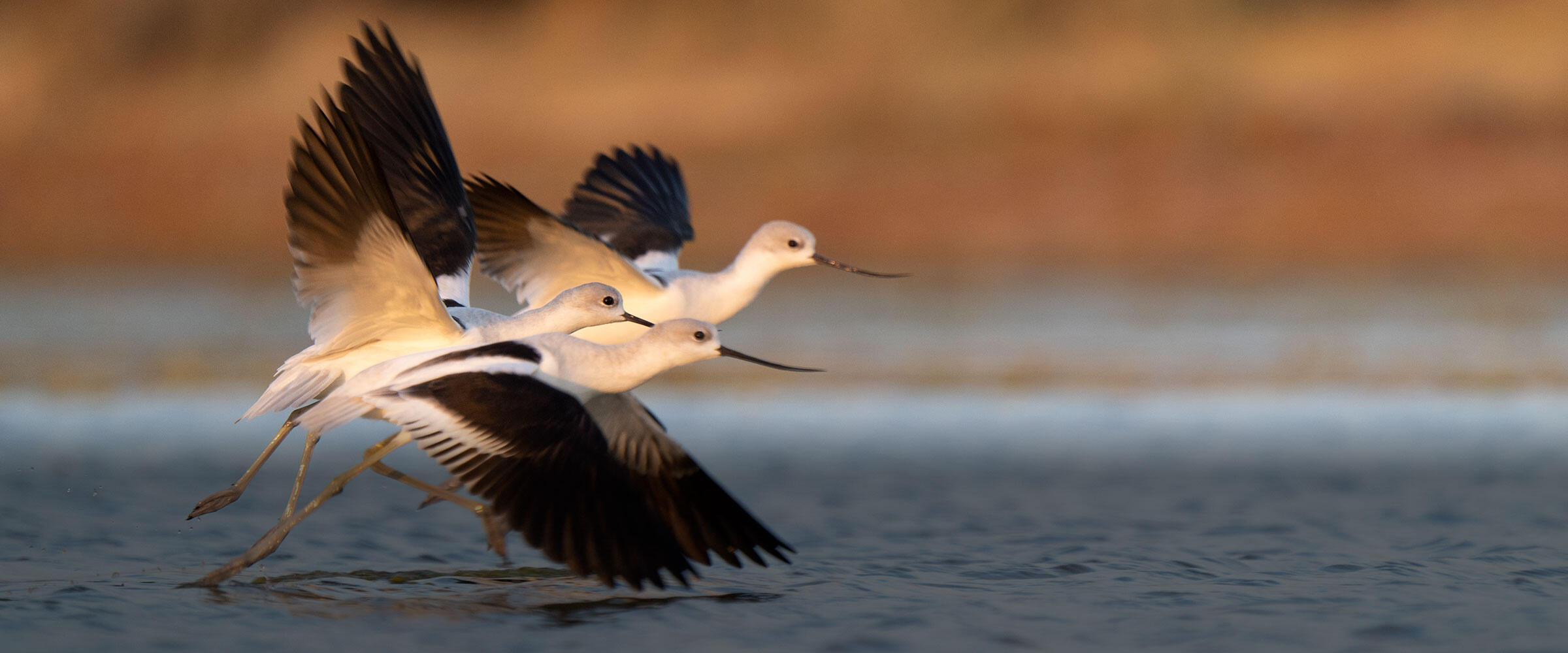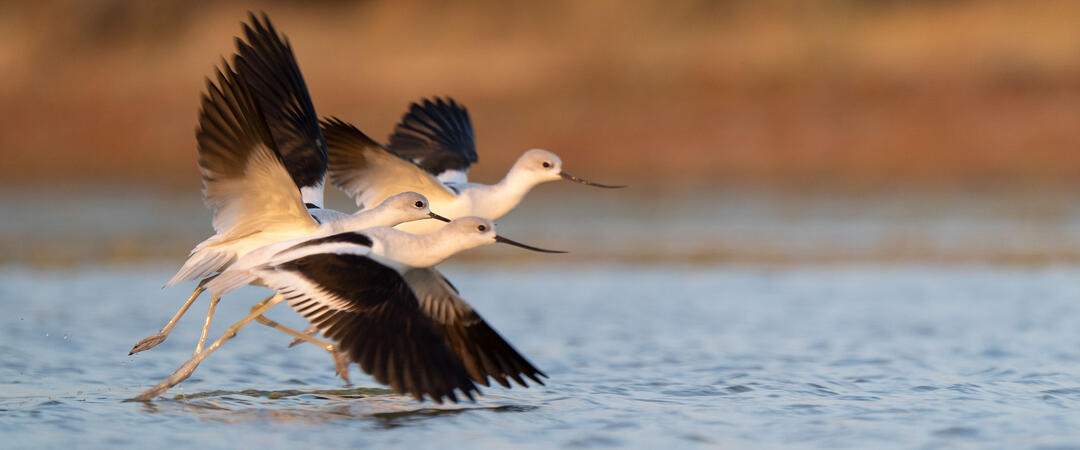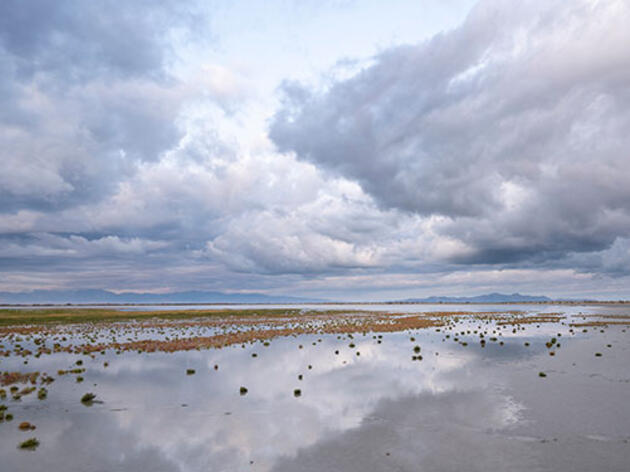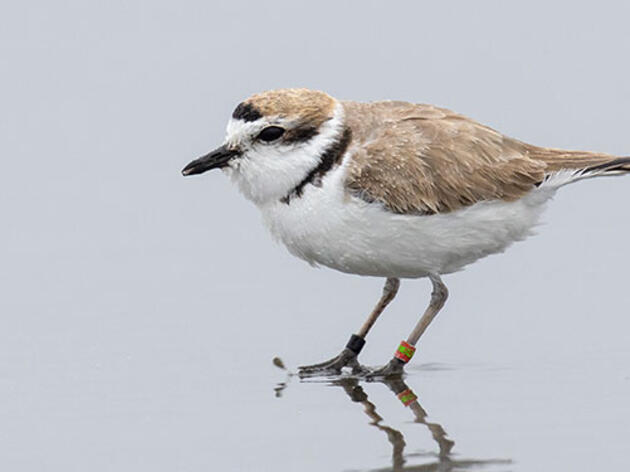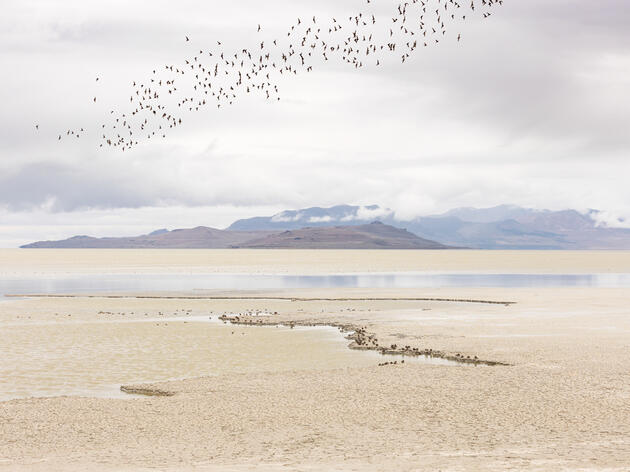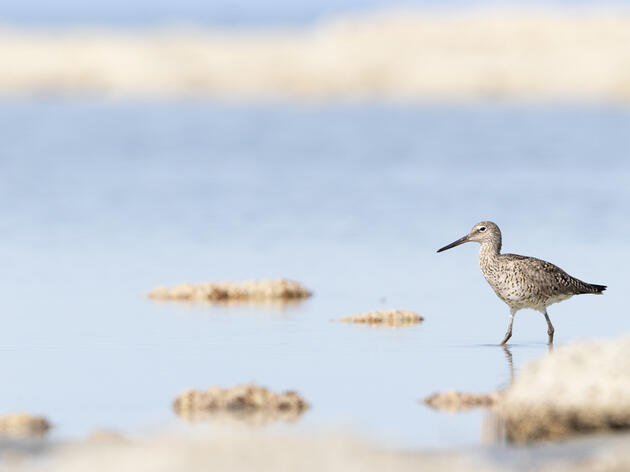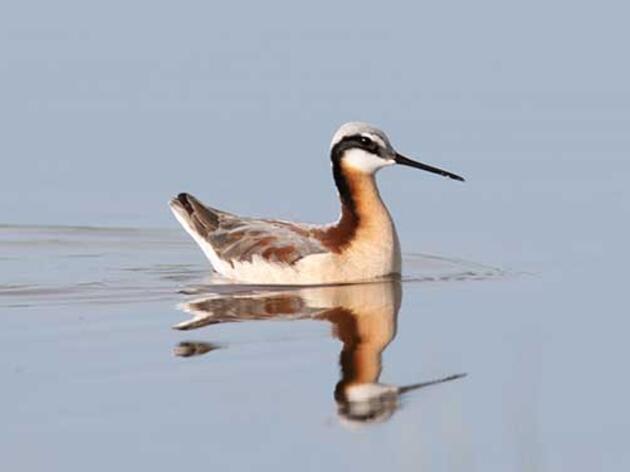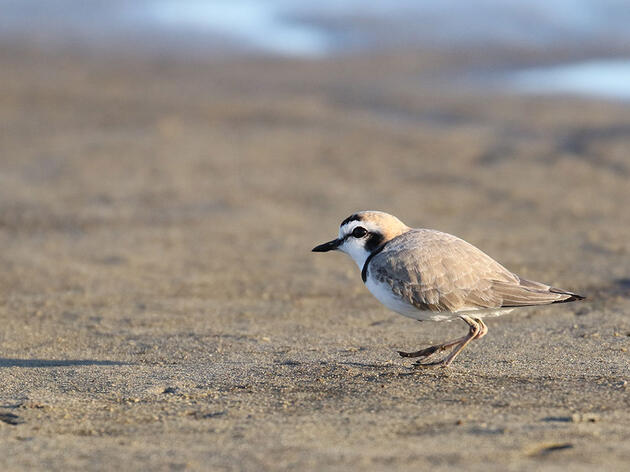Located along the southern shoreline of Great Salt Lake, Audubon’s 3,597-acre Gillmor Sanctuary provides vital habitat to vast numbers of shorebirds, waterfowl, and other migratory birds. It is an area of wide-open vistas and an abundance of wildlife attracted to wetlands and uplands restored and protected by Audubon. Gillmor Sanctuary includes adjacent land owned by the Utah Reclamation Mitigation Conservation Commission that Audubon manages as well, known as the South Shore Preserve.
Gillmor Sanctuary provides nesting habitat for many bird species, such as American Avocet, Wilson’s Phalarope, Black-Necked Stilt, Cinnamon Teal, and Gadwall. Its saline mudflats provide essential resources for many migrating shorebirds, including Marbled Godwits, Least and Western sandpipers, Long-billed Dowitchers, and Greater and Lesser yellowlegs. The sanctuary also provides nesting and migratory habitat for many species of waterfowl and other waterbirds. In the sanctuary's drier upland habitat, Loggerhead Shrikes, Brewer’s Sparrows, Sage Thrashers, Burrowing and Short-eared owls, and other species nest.
Amid rapid population growth, rising water demand, and climate change, protecting Great Salt Lake and its wetlands is critical to wetland bird conservation. Audubon’s goal at Gillmor Sanctuary is to provide diverse and healthy habitats for birds with a focus on managing saline mudflats as shorebird habitat. Through science-based adaptive management, we’re increasing the number of waterbirds nesting, migrating, and wintering on the property. We're also developing stewardship techniques that we share with other land managers and decision-makers to influence the future of Great Salt Lake and its wetlands.

